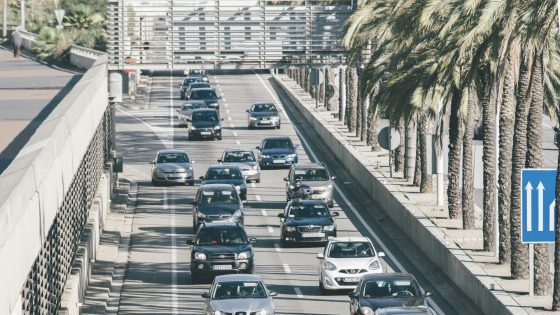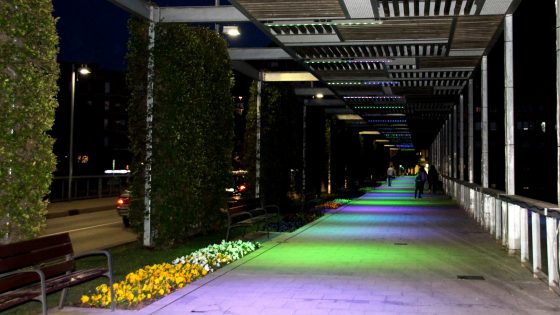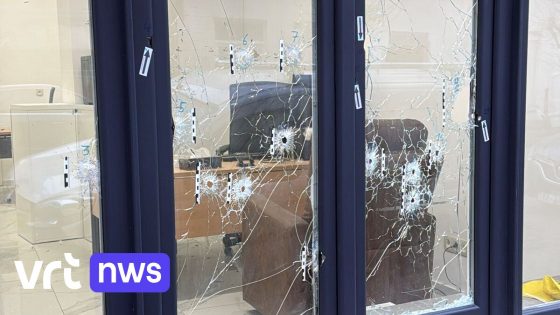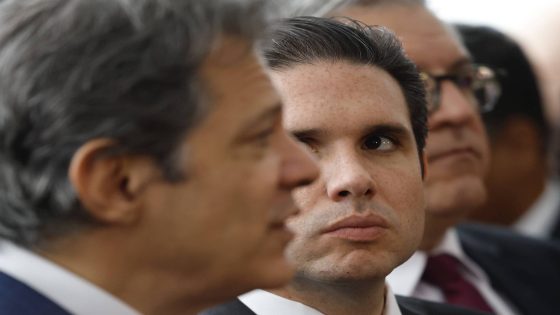On February 8, 2025, graffiti reading “Adili Jokowi” has surfaced in various locations across Indonesia, sparking discussions on freedom of expression. Is this a sign of growing discontent among the youth towards President Jokowi’s administration?
- "Adili Jokowi" graffiti appears in various areas.
- Deddy Sitorus condemns graffiti as vandalism.
- Alternative expression through KPK reports suggested.
- Youth dissatisfaction with Jokowi noted by Deddy.
- Local authorities remove graffiti in multiple cities.
- Vandals target bridges and public spaces.
Graffiti Protests: A Growing trend Among Indonesian Youth
What drives young people to express their frustrations through graffiti? The recent wave of “Adili Jokowi” slogans suggests a significant sentiment among the youth. Many feel that traditional forms of protest, like demonstrations, are not accessible or effective. Instead, they resort to graffiti as a means of voicing their opinions.
Understanding the Context of “Adili Jokowi” Graffiti
The emergence of “Adili Jokowi” graffiti in cities like Solo and Surabaya raises important questions about political expression in Indonesia. While some officials condemn these actions as vandalism, others argue they highlight the frustrations of a generation.
Political Expression or Vandalism? The Debate Continues
The discussion around graffiti as a form of protest is complex. Here are some key points to consider:
- Graffiti is often seen as a cry for help from marginalized voices.
- Officials argue that there are more constructive ways to express dissent.
- Young people may feel that traditional protests are ineffective.
- The rise of social media has changed how protests are organized and perceived.
Implications for Democracy in Indonesia
As Indonesian society grapples with these expressions of dissent, it raises critical questions about the state of democracy. Are citizens feeling unheard? The graffiti trend might suggest that many believe their voices are not being acknowledged through conventional political channels.
In conclusion, the “Adili Jokowi” graffiti phenomenon highlights a significant shift in how young Indonesians are choosing to express their political frustrations. This trend could have lasting implications for the country’s political landscape and its approach to civil liberties.

































